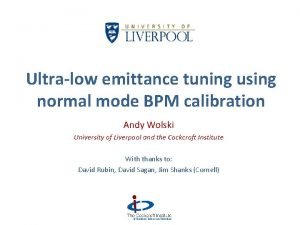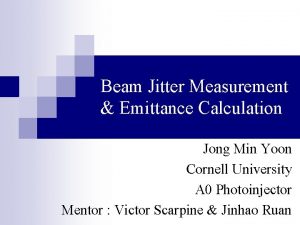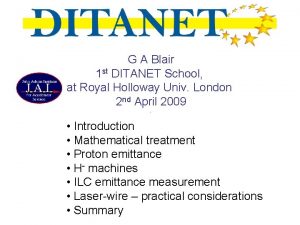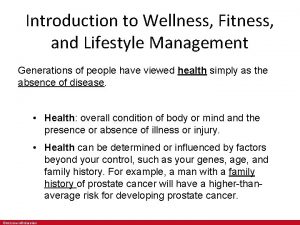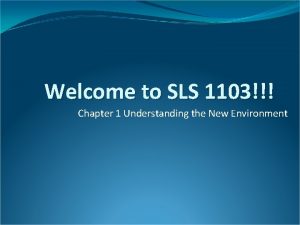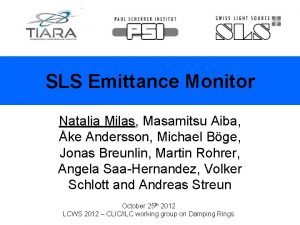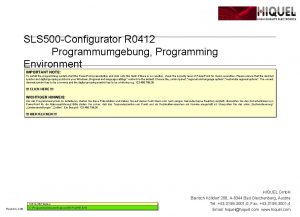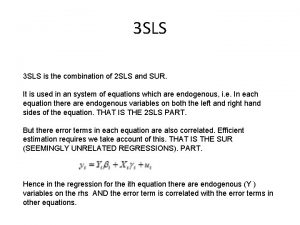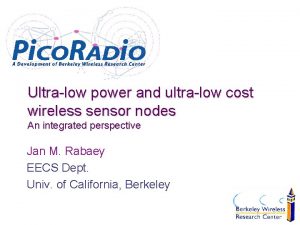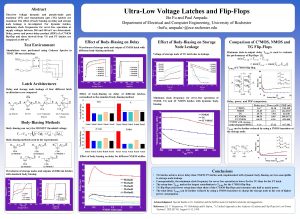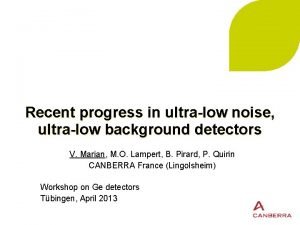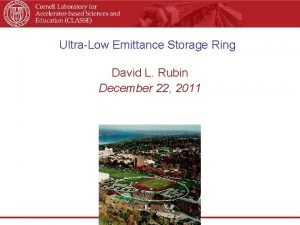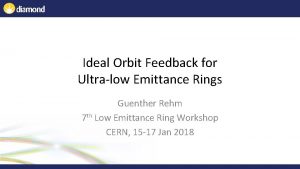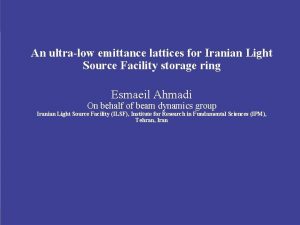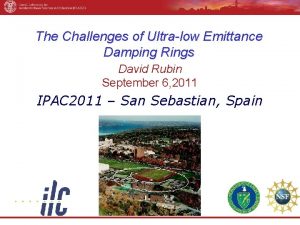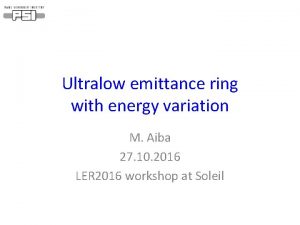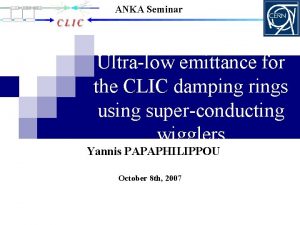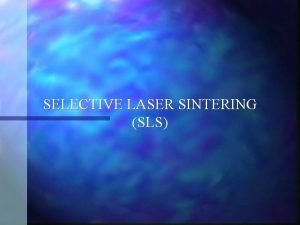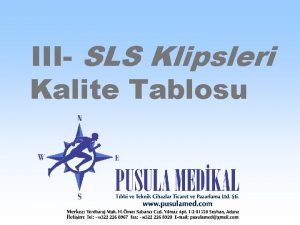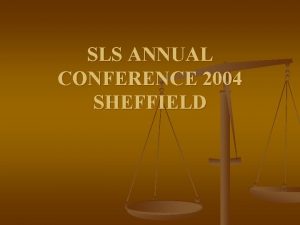Reaching ultralow emittance at SLS through systematic and















- Slides: 15

Reaching ultra-low emittance at SLS through (systematic and) random optimization LCWS 2012 Joint CLIC/ILC Working Group – Damping Rings session 25. 10. 2012 M. Aiba, M. Böge, N. Milas, A. Streun, PSI LCWS, UTA, 25. 10. 2012

Introduction • Vertical emittance minimization is motivated by: – increase of brightness and transverse coherence – operational margin for small gap insertion device (possibly even smaller undulator gap) – TIARA* WP 6 SVET (SLS Vertical Emittance Tuning) • Collaboration: CERN / INFN / PSI+Maxlab • Establish VET means at SLS, for CLIC DR and Super. B – Fine corrections of betatron coupling and hy – Maintaining small emittance during operation • Beam size monitor R&D → Natalia Millas’ talk • Intra Bunch Scattering studies → Fanouria Antoniou’s talk * http: //www. eu-tiara. eu/ LCWS, UTA, 25. 10. 2012

Swiss Light Source – 3 rd generation light source – 18(+2) beam lines – 2. 4 Ge. V, 400 m. A (top-up) – C~288 m SLS LCWS, UTA, 25. 10. 2012

SLS vertical emittance • What was expected and what is achieved Emittance ratio ≡ ev/eh eh~ 5 nm (Insertion devices off) – Better emittance ratio than expected, thanks to • • • 30 more skew quads installed (6 skew quads initially) 1. 8 pm in March 2011 Better alignment on girder than expected Girder realignment in 2011 Application of these methods Elaborated model based corrections achieved 0. 9 pm! Random optimization LCWS, UTA, 25. 10. 2012

Key component 1 • Magnet girder LCWS, UTA, 25. 10. 2012

Key component 2 LCWS, UTA, 25. 10. 2012

Girder realignment Motivation and approach Girder discontinuity estimation from “corrector pattern” Survey data from 2010 and analysis • BAGA (Beam Assisted Girder Alignment) – Remotely align girders based on survey data – Confirm the result online with beam and fast orbit feedback running LCWS, UTA, 25. 10. 2012

Girder realignment result BAGA resulted in: -Gaussian like corrector kick distribution -About half corrector kick -About half dispersive skew correction -Similar non-dispersive skew correction LCWS, UTA, 25. 10. 2012

Model based correction 1 LCWS, UTA, 25. 10. 2012

Model based correction 2 ORM LCWS, UTA, 25. 10. 2012 * * Contribution of BPM tilts subtracted

Random optimization* • Limitations in model based corrections… – Beam measurement errors – Model deficiencies • Multi-variable optimization – Random optimization would be the best algorithm • • • Model independent correction The curse of dimensionality is avoided (#Knobs=12/24/36) The optimum solution is within “walking-distance” after systematic correction Minimal effort to implement Potential of online optimization, i. e. keeping small emittance during the operation • NB: the optimization needs a target function, which is the measured vertical beam size in our case * J. Matyas, “Random Optimization”, Automation and Remote Control 26 (2) (1965) 246. Note: “Random optimization” seems more accepted word than “Random walk optimization” LCWS, UTA, 25. 10. 2012

How it works Flowchart Configure the parameters of RWO Measure target function, f 0 Generate random corrections (RC) Add RC to the present correction variables Measure target function, f f<f 0 Update f 0=f f≥f 0 Remove RC Reconfigure RWO if necessary LCWS, UTA, 25. 10. 2012 Typical successful step (Figure from first test)

MD on 6 th Dec. 2011* Beam size measurement during MD Corrected vertical dispersion ND skew Q currents during RO (plotted 4 out of 24) • First dedicated MD after BAGA – – hv~1. 3 mm rms with model based correction! ev~1. 2 pm at the end of model based correction ev~0. 9± 0. 4 pm with RO in addition! (Only ND skew quads were optimized) Better coupling correction with RO was confirmed with ORM before and after LCWS, UTA, 25. 10. 2012 M. Aiba, M. Böge, N. Milas and A. Streun, NIM A 694 (2012) 133– 139

Demonstrations • Automated ROs Beam size control with RO Vertical beam size: Measured and Requested LCWS, UTA, 25. 10. 2012 Lifetime optimization Lifetime and Injection rate Vertical beam size is detuned for demonstration purpose to create a room of lifetime improvement

Summary and outlook • Ultra low vertical emittance of 0. 9 pm is achieved at the SLS ! – BAGA + Model based corrections + RO • RO – Successfully demonstrated, a good performance booster – Potential for online optimization (like feedback) • Even smaller vertical emittance is expected – Iteration/elaboration of BAGA – New monitor with better resolution – More knobs: Dispersive skews Orbit manipulation →Simone Liuzzo’s talk LCWS, UTA, 25. 10. 2012
 Bpm tuning
Bpm tuning Emittance
Emittance Linac22
Linac22 Introduction to wellness fitness and lifestyle management
Introduction to wellness fitness and lifestyle management Conversion in timber
Conversion in timber Through one man sin entered the world, and through one man
Through one man sin entered the world, and through one man Tarnow fletcher furcation classification
Tarnow fletcher furcation classification Theme of night of the scorpion
Theme of night of the scorpion Sls1103
Sls1103 Sls 1510
Sls 1510 Sls tirol
Sls tirol Sls monitor
Sls monitor Sls 500
Sls 500 Sls helpdesk
Sls helpdesk 3sls stata
3sls stata Tennessee sls-450
Tennessee sls-450
